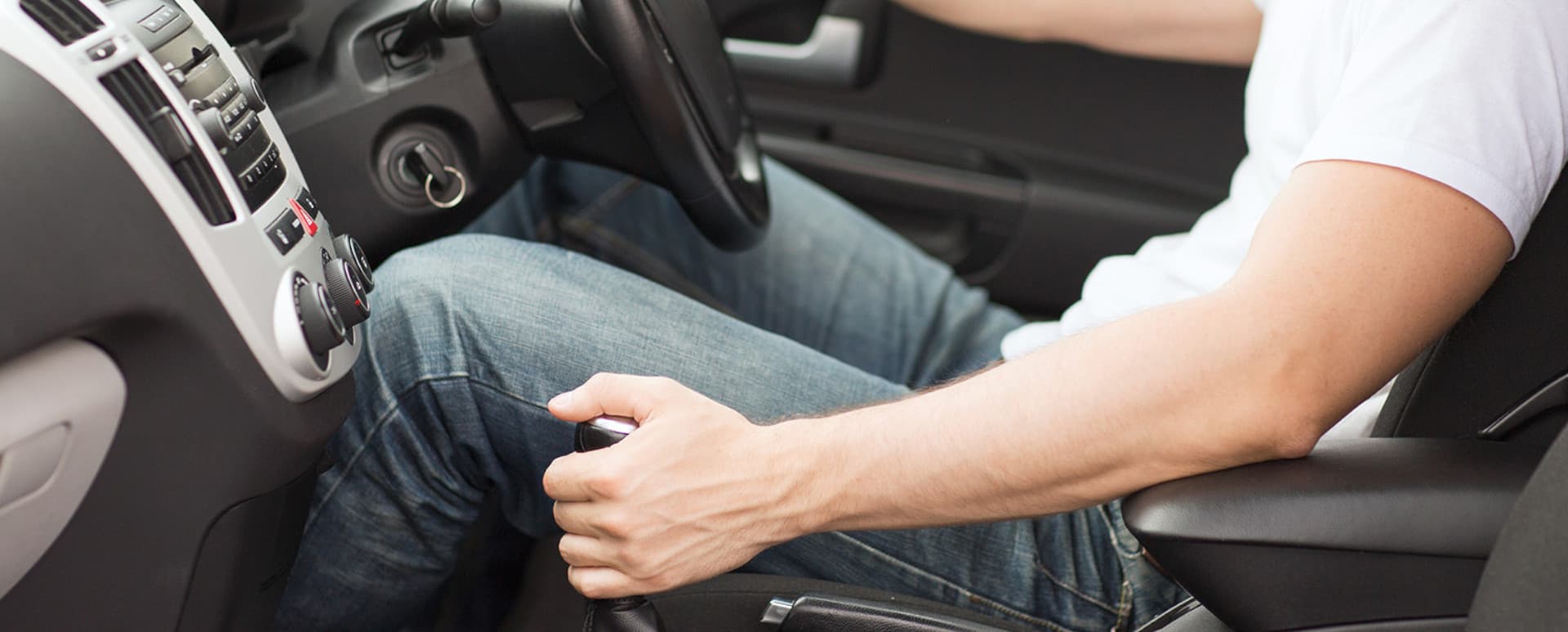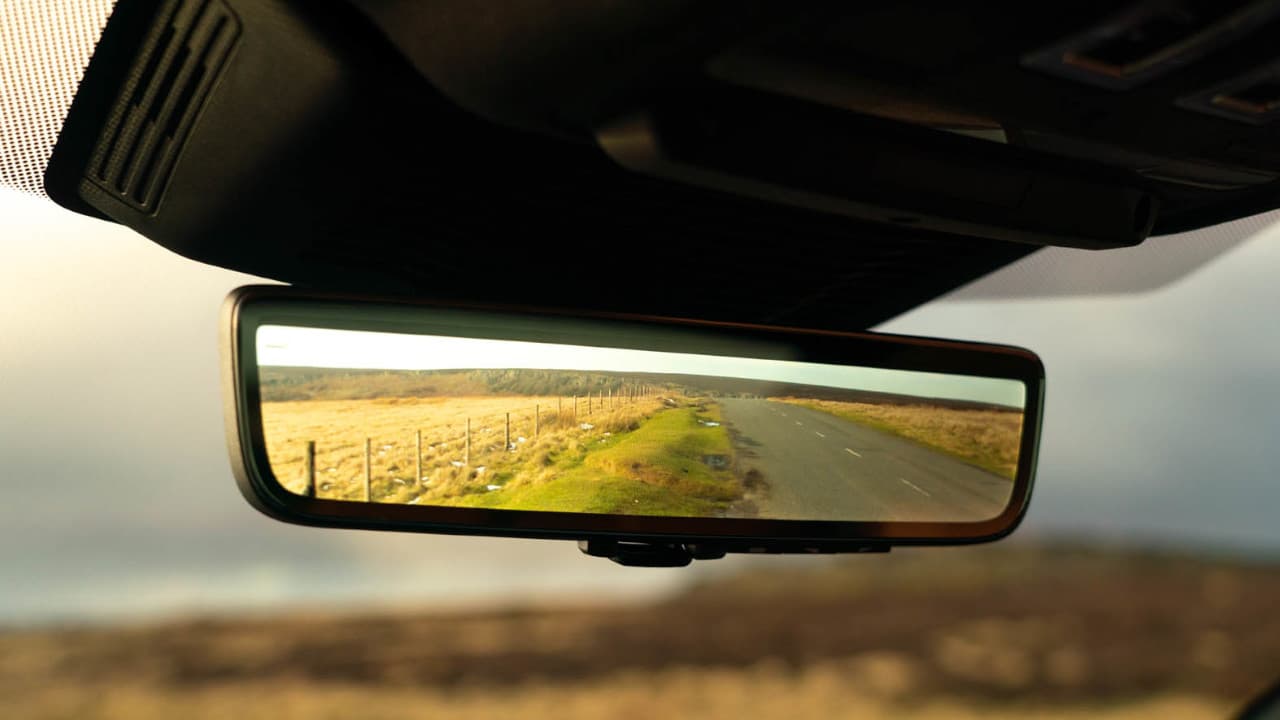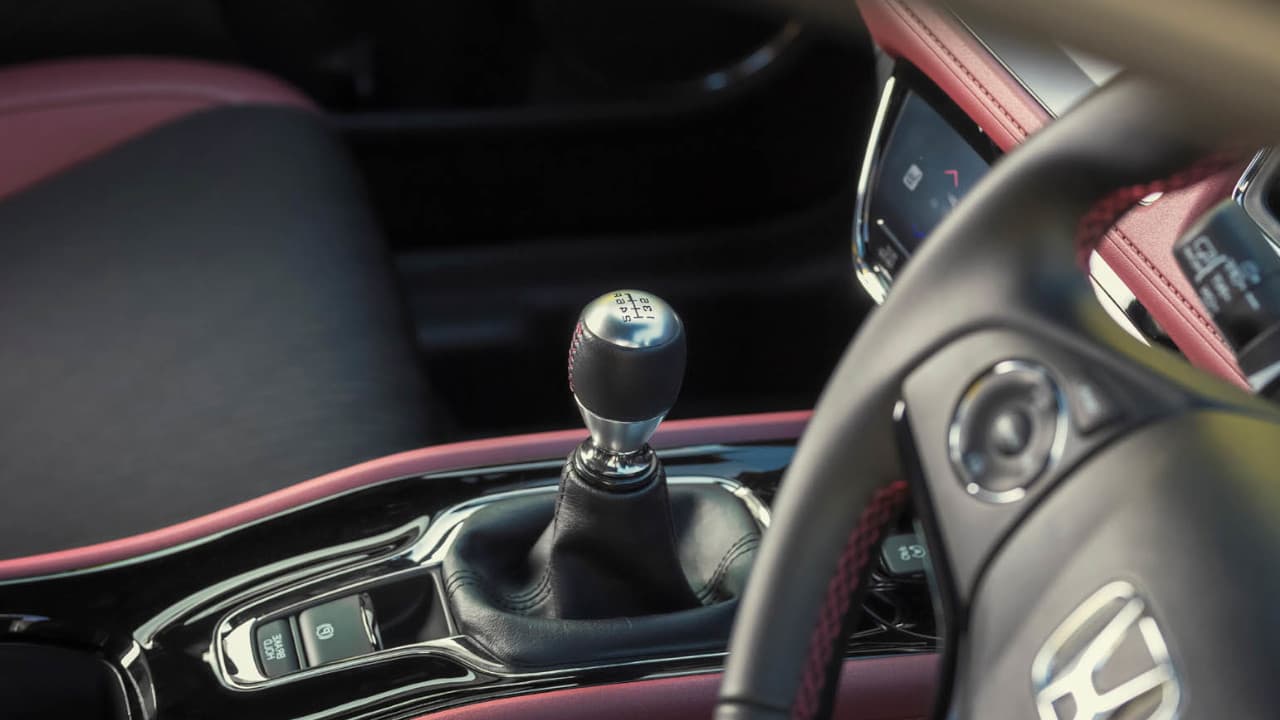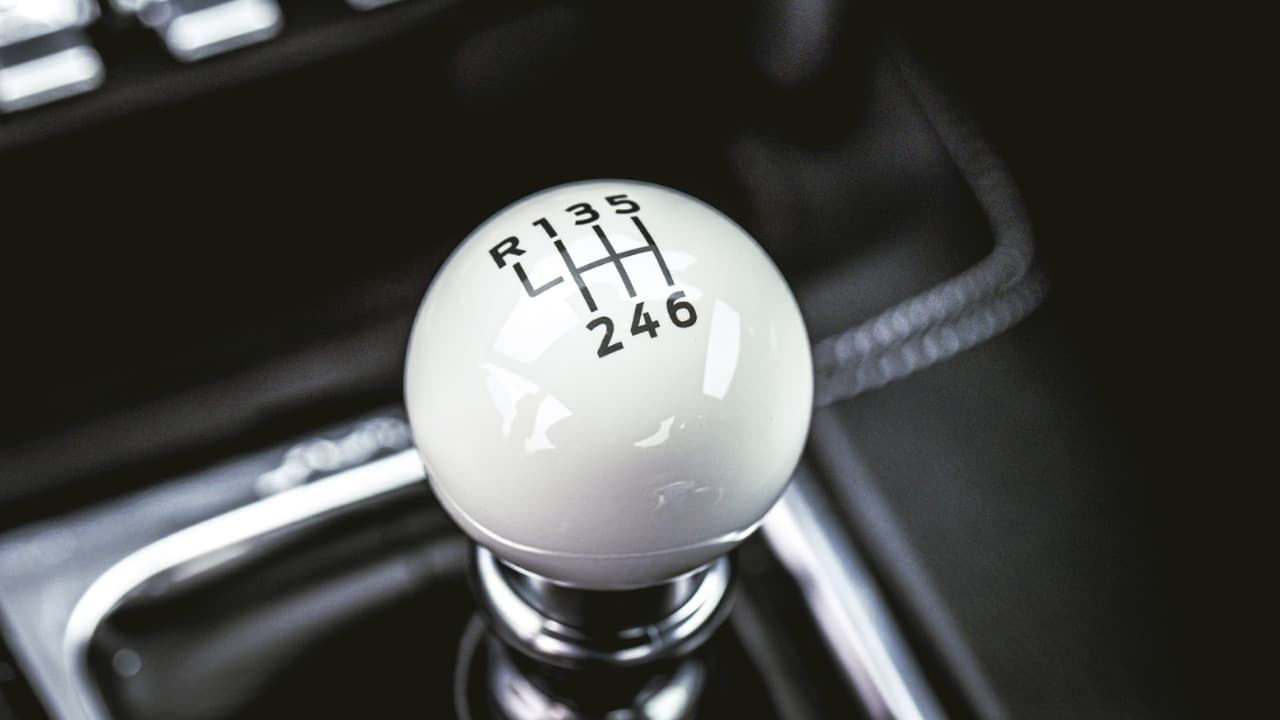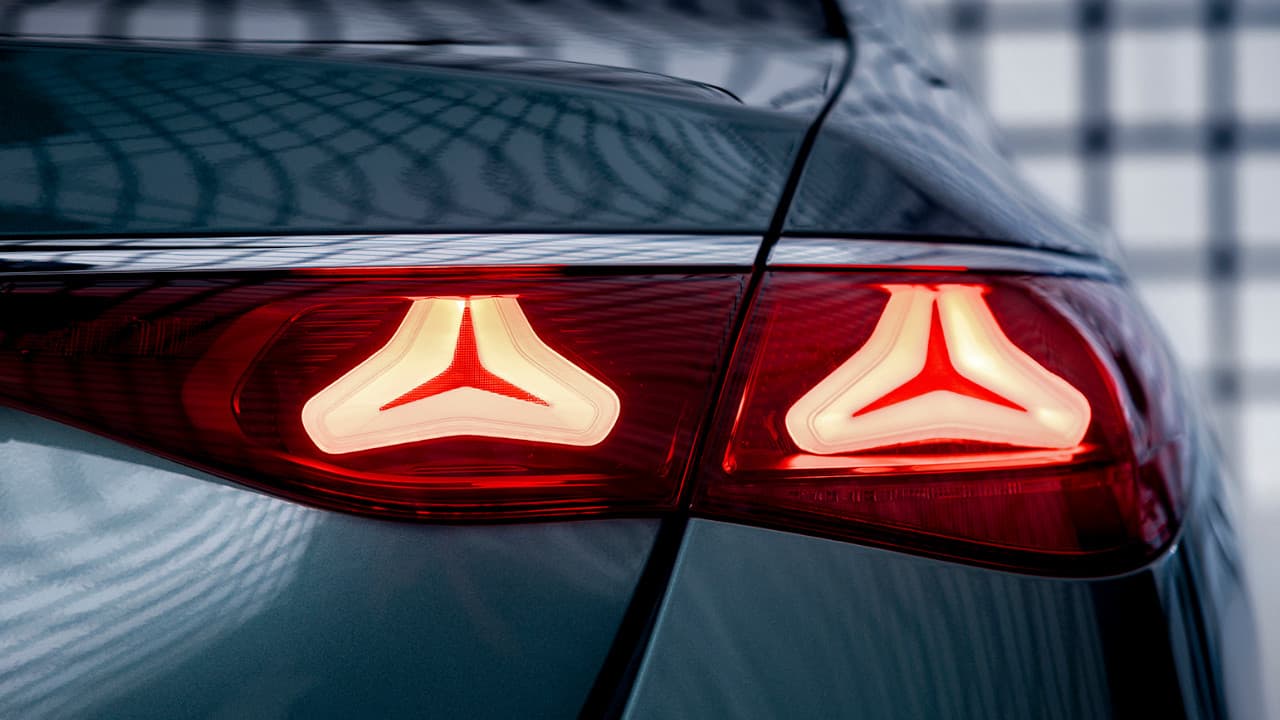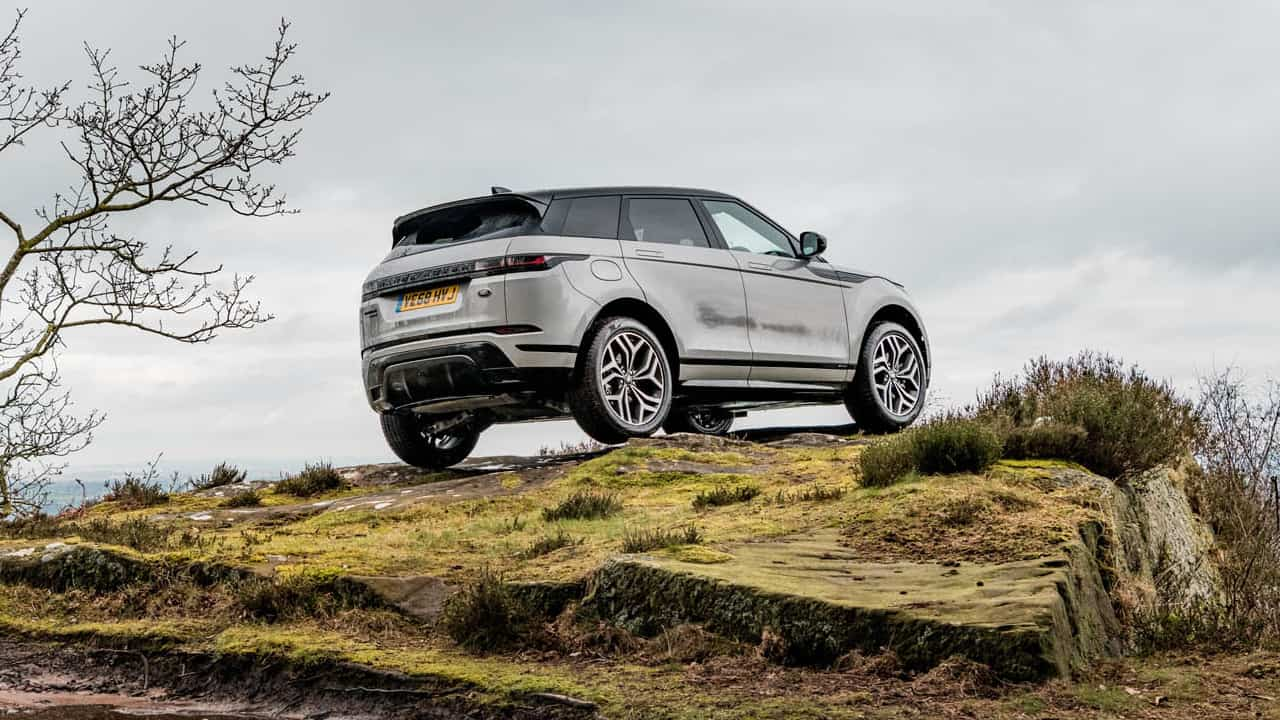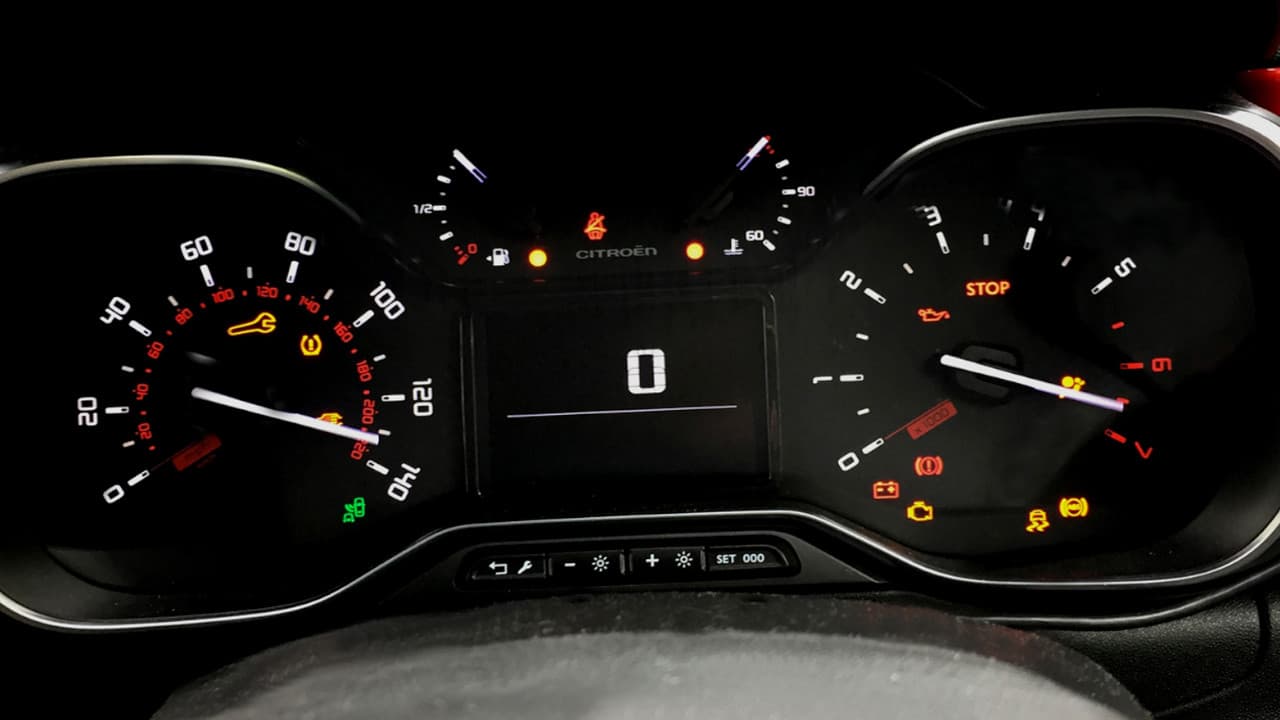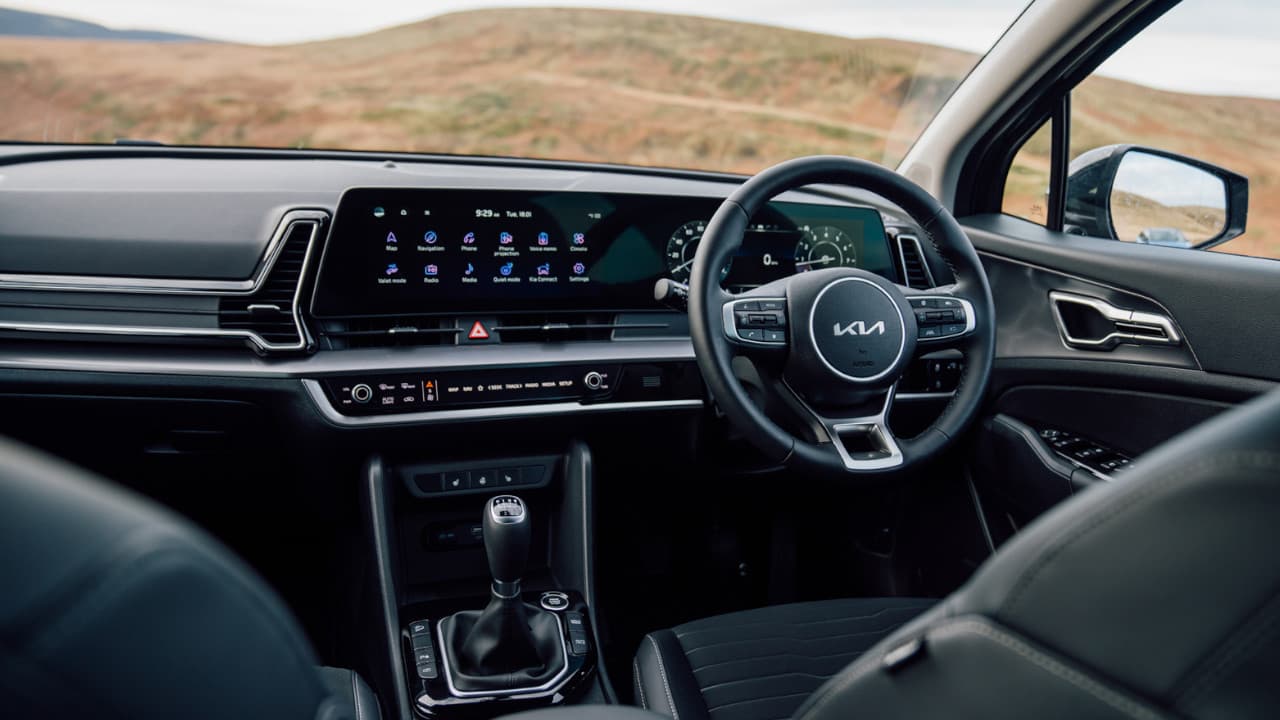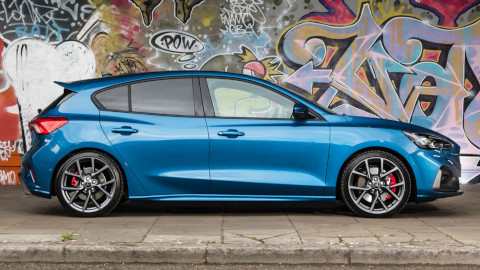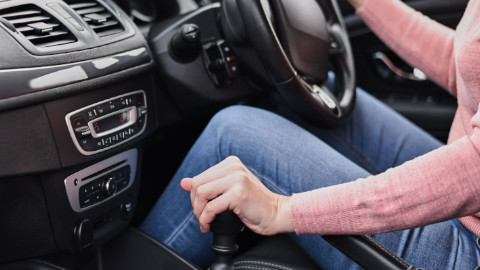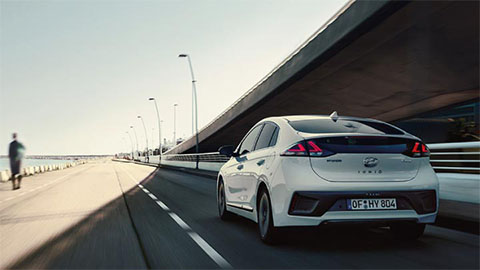Learning to Drive
When you start driving, it can all be a bit daunting, especially with manual cars where there's more for you to remember. But the most important piece of advice for driving in general is to just relax, as most of the time drivers will make mistakes when they're so stressed out, and they don't need to be.
We've broken down everything you need to know about driving a manual car, so you can feel more confident on the road, whether you've never driven before or you've had a few lessons and just want to refresh your knowledge.
Contents
- Before You Start
- How to start a manual car
- How to change gears
- Slowing down in a manual car
- How to drive a manual car smoothly
- How to drive a manual car on a hill
- How to avoid damaging the clutch
- What are the advantages and disadvantages of driving a manual car?
- Frequently Asked Questions
Before You Start
Firstly, you should get well acquainted with all the pedals and controls in the car before you start driving.
The pedals in a manual car from left to right are the clutch, brake, and accelerator. An easy way to remember it is that going the opposite way (from right to left), the first letter of each pedal spells out ABC - Accelerator, Brake, Clutch.
You should also make sure you know the layout of the different gears as some gearsticks can be laid out differently to others, e.g. some have the R for reverse in the top left whilst others are on the bottom right.
Knowing where other controls are will also really help you when driving, such as the indicators, windscreen wipers, and hazard lights.
When you first sit in a car, you should do what's called the cockpit drill. This will be taught to you on your first lesson so you know all the different steps to follow when setting up the driver's seat and mirrors to work for you. As every driver is different, you will need to adjust things like the seat base, the seat back, rearview mirror and left and right side mirrors so that everything is in the right position.
You'll need the seat in a comfortable position so that you can easily press the clutch fully down with a little bend in your knee. You need to be able to get the clutch pedal completely pressed down, or you won't be engaging it properly when changing gears.
With the rearview mirror, you need to be able to see the entire back window when you're sat back in your seat. And with the side mirrors, you should be able to see a little bit of the car's body as well as the space behind the car. Your driving instructor will help you get the hang of where everything should be if you're unsure.
How to start a manual car
From a complete stop or from parked
First of all, you want to check the handbrake is on - if you're starting from a parked position or from a complete stop, the handbrake is likely to be on already. Now, you want to start the car by turning the key or pressing the start engine button, depending on the vehicle.
Prepare to move off by setting the car. This is where you put the clutch fully down, put it into first gear, and keep your foot on the clutch for now.
When you're ready to move off, do a visual sweep all around the car, including any blind spots, remove the handbrake, indicate in the direction you're going, ease your foot off the clutch to find the bite point and press down the accelerator. Your instructor will be able to guide you on where the bite point is, but you'll be able to hear and feel the difference in the engine. With practice, this will become second nature, so don't worry if you don't get the hang of it straight away.
As you ease your foot off the clutch, slowly press down the accelerator. Think of this like a seesaw motion where you're balancing the two pedals until you've moved off, and you can fully take your foot off the clutch. You want to be giving the car enough gas from the accelerator, but if you completely take your foot off the clutch too early, the car can stall.
Starting from traffic
When starting off from traffic, you might not have the handbrake on, depending on how long you were stopped for.
It's basically the same idea as before, except you won't need to take the handbrake off. You should always make sure that before moving off, you put the clutch down and change to first gear, or the car will struggle to move off and may stall.
How to change gears
Shifting up a gear
Start by taking your foot off the accelerator, push the clutch down, move the gearstick from the gear you're currently in to the one above it numerically (e.g. from one to two, two to three). This is where it's crucial to have become familiar with the gearstick layout first so you don't put it into the wrong gear by accident.
Shifting down a gear
This is basically the same process except you'll be going down the gears rather than up (e.g. from three to two). If you're slowing down quite rapidly, you can skip the gears by going from four to two, for example. The important thing to remember is just to put it into the gear that works for your new speed.
Slowing down in a manual car
When it comes to slowing down, you want to slowly and gently apply the brake. It won't need much, and doing it slowly can help you to drive in a smooth and controlled manner.
If you need to come to a complete stop, start with pressing the brake a bit, then push down on the clutch. Keep applying the brake slowly so you come to a nice and controlled stop. Put the car into first gear or into neutral, depending on how long you're stopping for.
How to drive a manual car smoothly
Being able to drive a manual car smoothly and not having any big jerking movements when changing the gears is something that most new drivers want to do. And it's really not as hard as you may think.
When changing gears, make sure to fully press your foot down until you feel the clutch disengage. Push the gearstick into the next gear, release the clutch smoothly and continue pressing lightly on the accelerator. This will all help your gear changes to be as smooth as possible.
The important thing to remember is just to use your pedals gently. You won't need to press them loads to speed up or slow down unless you're doing an emergency stop. The pedals are probably more sensitive than you think, but you'll get used to how much pressure you need to apply as you drive more.
How to drive a manual car on a hill
Driving on a hill is bound to cause some anxiety for first time drivers, especially when you need to perform a hill start.
With hills, just think of it as you need more power to the engine in order to set the car off without rolling back. You do this by just doing more revs than you normally would. For example, you would normally change the gear once the rev counter gets to around 2500 to 3000rpm, but when driving on a hill you would just do more than this.
If you're starting on a hill, just think about how you would normally start off and apply the logic of using more revs to that same process. You will want to give the car more revs by pressing down more on the accelerator whilst finding the biting point, and then release the handbrake, rather than having the handbrake off from the beginning. This will help to ensure the car doesn't roll back when performing a hill start.
How to avoid damaging the clutch
Wearing away the clutch, or burning out the clutch, is quite a common problem in manual cars. But there are a few things you can do to try to reduce this issue.
- Go into neutral when you're stopping: If you're stopping for more than a few seconds, it's better for your clutch to go into neutral so you can avoid any unnecessary strain on the clutch. Then just go into first gear as normal when you're ready to move off.
- Don't 'ride the clutch': This is when you use the clutch a bit like a brake, using it to slow yourself down a bit. By doing this, you're likely to be damaging the clutch. Just use your brake gently instead, and only use the clutch when you actually need to come to a stop or when you're changing gear.
- Make gear changes quick and decisive: If you're struggling to move the gearstick into the next gear, or don't get it into the gear properly before releasing the clutch, you could be moving your foot off the pedal before the car is in gear. This will create more friction on the clutch plate and cause it to wear down quicker.
- Avoid changing gear unnecessarily often: This will come from anticipating the road ahead of you, something that is very important when driving. By doing this, you'll also be helping yourself to drive smoother and reduce any risk of accidents.
Making sure to get your car regularly serviced can help you to catch any issues early on so they won't cause more damage to your car.
What are the advantages and disadvantages of manual driving?
Advantages:
- Maintenance and servicing generally costs less than automatic.
- Manual transmission cars are typically cheaper than automatic cars too.
- Many drivers find manual more fun to drive.
- Better control - choosing the gear that works best for your speed, as opposed to an automatic that will choose the gear for you.
- Manual cars tend to have a slightly better fuel efficiency than automatics.
- By learning manual, you'll be qualified to drive manual or automatic - learning automatic means you can only drive automatic.
Disadvantages:
- Some people find it harder to drive than automatic.
- Can take longer to learn as there's more involved with having the extra pedal and gear changes to learn.
- Can be a bit tougher in heavy traffic than an automatic.
- Easier to stall than automatic cars.
Frequently Asked Questions
Clutch control refers to the use of clutch and finding the biting point. It's also a commonly used phrase for controlling the car's speed by using the clutch. This is particularly useful at slower speeds, such as in a queue of traffic that's slowly moving. You may just be able to keep the car rolling forward by gently pressing and releasing the clutch pedal, rather than needing to use the accelerator.
Whilst there's no mandatory number of lessons you need to have before taking your test, the DVSA advises that it normally takes drivers 45 hours of lessons and 22 hours of practice to learn to drive a manual car. This will be different for everyone though, and your instructor will be able to guide you on whether you're ready for your test or not.
No. If you learn to drive in an automatic car, you will then only hold an automatic licence and will not be able to drive a manual car. If you learn to drive in a manual car, you'll be able to drive both manual and automatic cars.
Find your perfect manual car with Evans Halshaw
The beauty of learning to drive manual is that you can then buy and drive either a manual or automatic car. At Evans Halshaw, we have a wide selection of cars to suit a range of driver needs, so you're bound to find something that suits you, whether you're looking for a new car or a used car.
You can also check out our blog section with even more handy information and advice on a variety of automotive topics.

